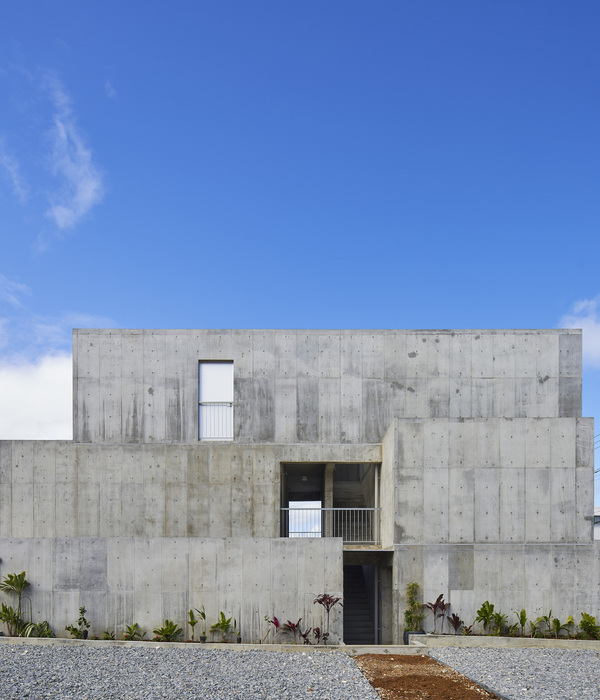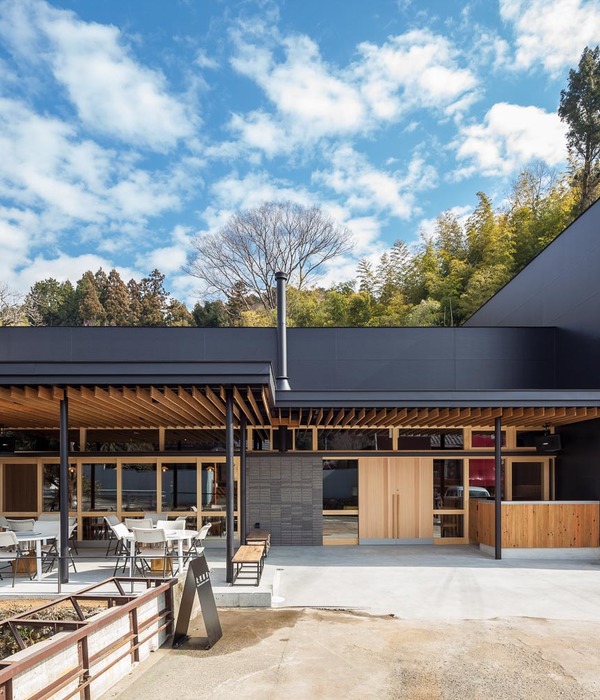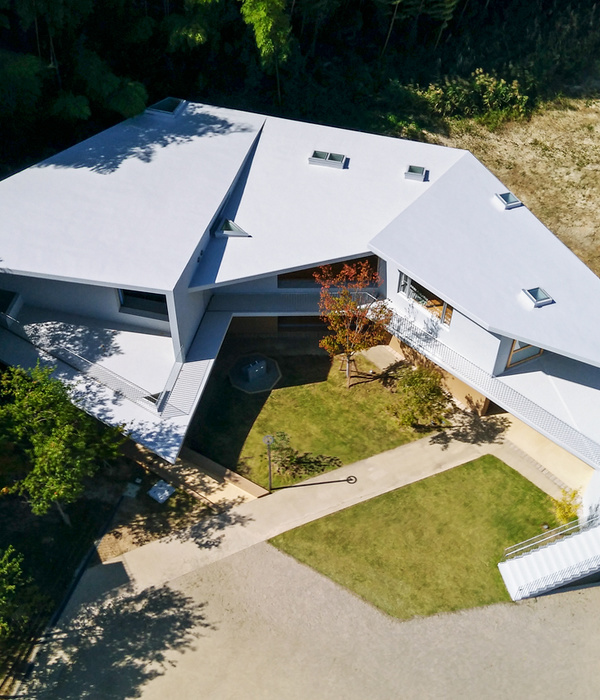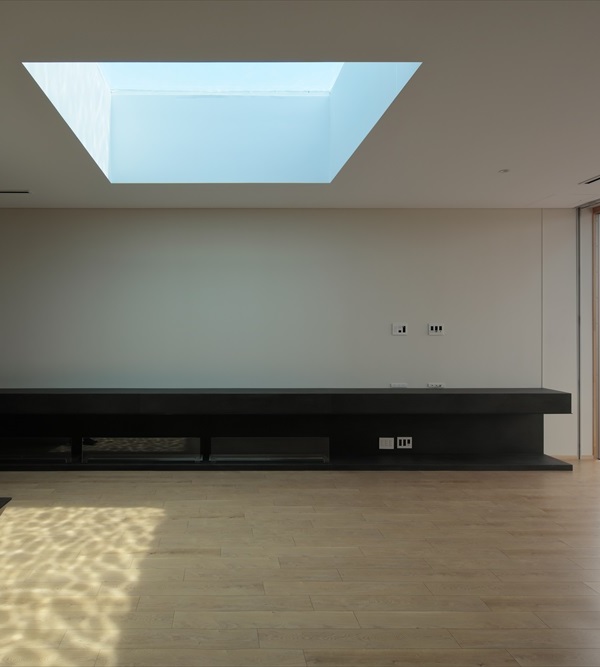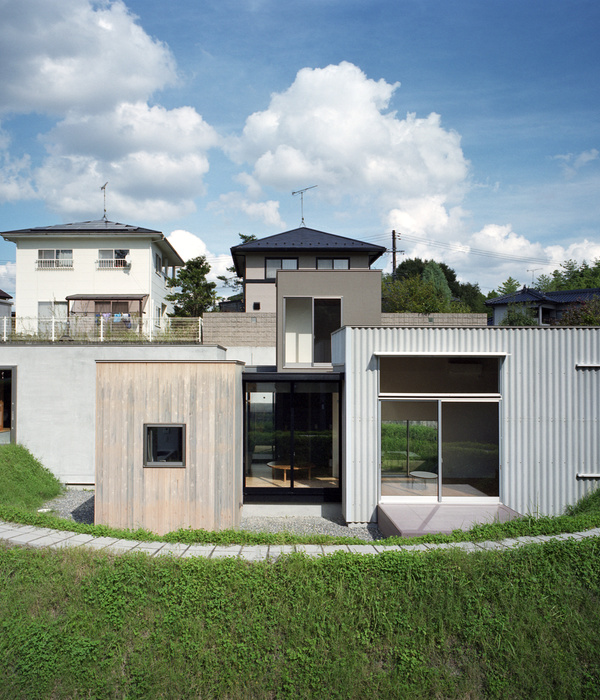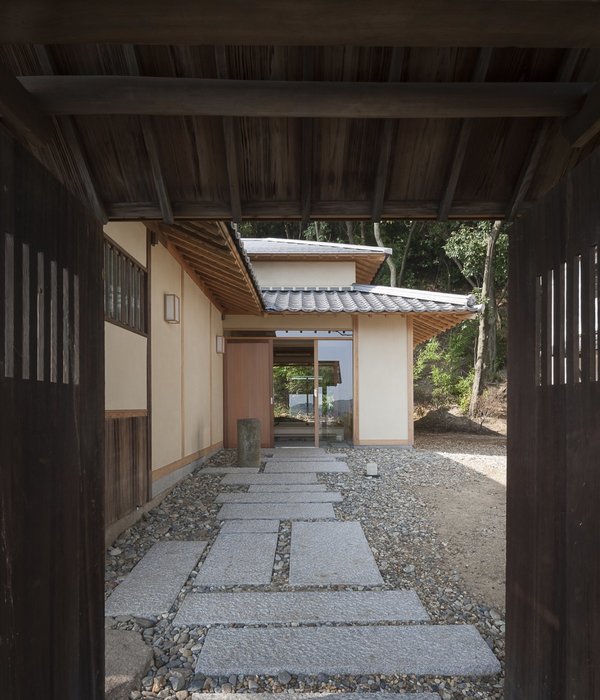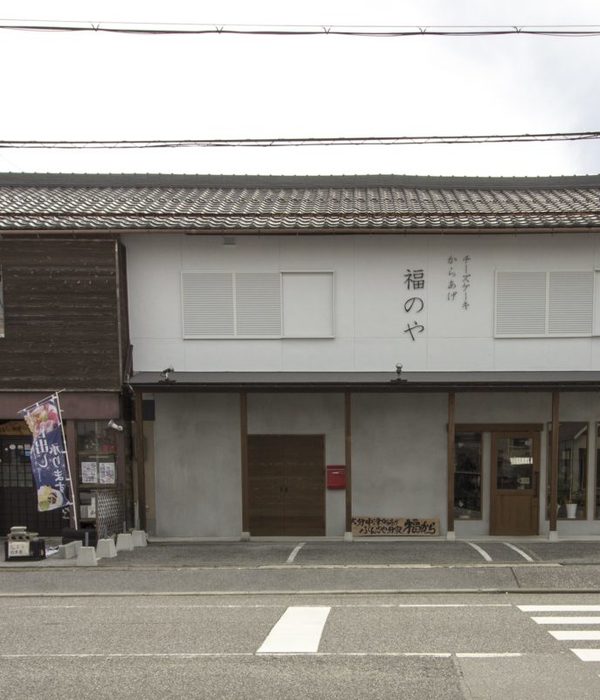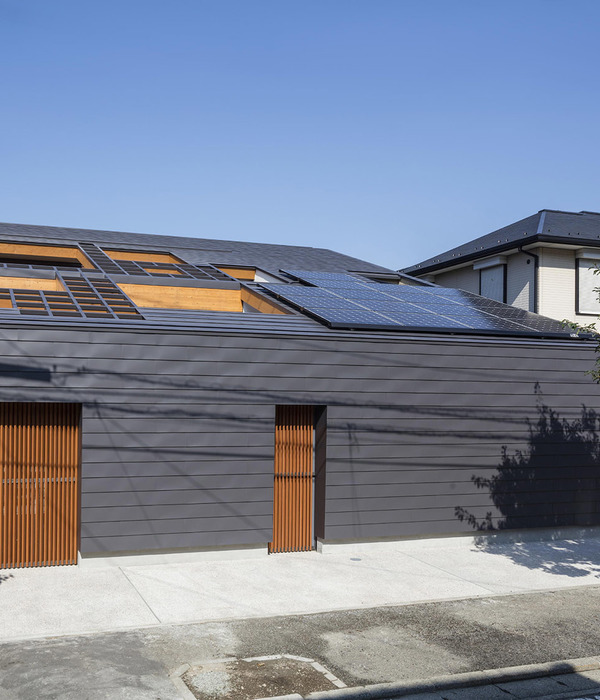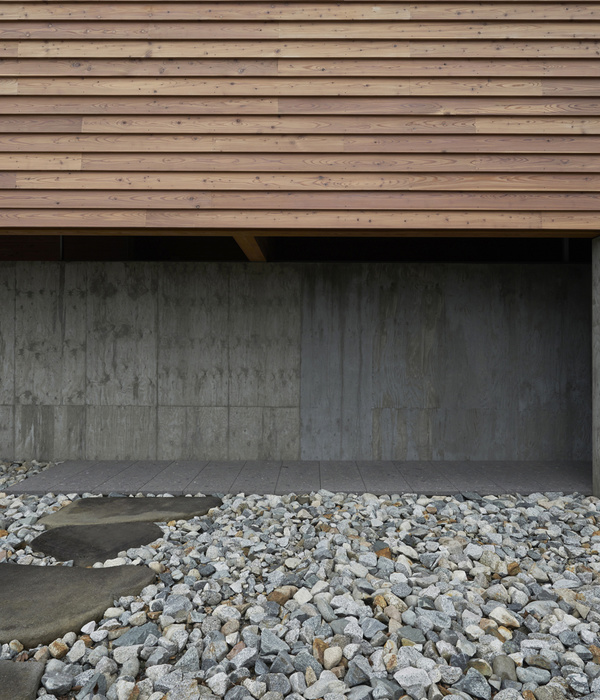Introduction The city of Norwich held an international RIBA Competition in 2008 to select architects and the right scheme for the site, which Riches Hawley Mikhail won. The original intention was to sell the site to a local housing provider and the design team agreed beforehand. The development had been on hold since the financial crash. However, the City has now decided to develop the site itself, without a housing association or development partner. With approximately 100 new homes being provided, with about 50 individual houses, and 50 flats, this represents a significant new departure for the City. Urban strategies The design seeks to re-introduce streets and houses in an area of the city which is otherwise dominated by 20th century blocks of flats. The popular Golden and Silver Triangles, areas of highly desirable late 19th century terraced housing, is within 5 minutes’ walk.
Existing green links are to be reinforced with a landscape scheme which extends beyond the boundaries of the site to include local roads and a park. Street widths are intentionally narrow at 14m, emulating the 19th Century model. Parking is on street and a 20mph speed limit is to be applied.
A shared ‘alley’ encouraging small children’s play and communal gathering is accessible from back gardens – a secure place which only key holders (residents) can access. House Design Our scheme is dense and low rise. We provided many more houses than other schemes, which were mainly flats – thus better values from the site. Future maintenance has been minimised by designing flats whereby every flat has a front door onto the street, with its own staircase and lobby at street level – designing out all internal common parts.
Mostly two storeys, houses are given the occasional dormer to provide a third bedroom. Most of the principle rooms, face south. Generous kitchen / dining rooms form the heart of each house. Passivhaus This is a Low Carbon scheme, where all houses and flats face South and are on target to achieve full ‘Passivhaus’ Certification. We understand this would be the largest social housing scheme in the UK to achieve Passivhaus. The design seeks to provide sunny, light filled homes with very low fuel bills of approximately £150 per year. In the main these properties will be socially rented.
RIBA Jury Report Finding Goldsmith Street takes you through a very typical English Provincial City residential neighbourhood. Goldsmith street is an exception though. It captures the spirit of a very special place. A coherent visual field that communicated the best of enlightened modern domestic European architecture from the outset. The more one absorbs this project, the more this feeling is reinforced.
The architects won this scheme of just over a hundred dwellings a dozen years ago, and have worked and re-worked it, each time keeping their aim of creating a highly sustainable community in mind. The eventual layout is a simple series of seven terrace blocks arranged in four lines. An immediate connection with a very recognisable urban layout, the architects were able to convince the planners to accept a narrow 14m between blocks – effectively the street width – through a careful design of windows to minimise overlooking, and a very thoughtful asymmetric roof profile that allows good sunlight and daylight into the streets. The result is a very dense development, but one that is in no way oppressive.
Although the layout has a traceable link with the English housing tradition, the rest of the project is very modern in its conception. Black glazed pantiles, mitred as they go from a roof covering to a wall covering, perforated metal brise soleil, and the new detailing associated with energy conscious design are wholly contemporary. The brick is also contemporary, with characteristic intentional white efflorescence colouration, set in a mews or small terrace layout. To be certified Passivhaus, the windows had to be smaller than the proportion in a Georgian or Victorian terrace, so the architects have used a set-back panel around the windows to give an enlarged feel, and panels of textured brick have been introduced into the main elevations, again to balance the feel of the fenestration along the terrace.
Provision for parking has been pushed to the perimeter, so the streets feel safe and ‘owned’ by pedestrians rather than cars. Bin stores have been thoughtfully used in the front gardens to create buffer zones between the public footpath and the front doors, giving a humane gradation of public to private territory. The ‘back street’ has gardens and a pathway down the centre that has been fully landscaped, although the path takes a wavy course that stops the sense of a ‘back alley’ and gives a welcome curving foil to an otherwise rectilinear scheme.
Tireless work by the architects has kept the standard of workmanship up to a very high level. Social tenants get impressively high specification interiors – in both the end-of-terrace flats and the central terrace houses. Passivhaus detailing has nicely accommodated the mechanical ventilation Heat Recovery (MVHR) units in the interiors, and the services intakes have been intelligently controlled. Each dwelling has a range of providers’ services pre-wired, so that they can be connected on demand, without the need for a service providers’ to come in later and drill through vital vapour barrier lines.
Bringing the reduced energy consumption associated with Passivhaus to mass housing is a great achievement, and one that has taken a large amount of effort and care by the architects. This is an exemplary project.
{{item.text_origin}}

